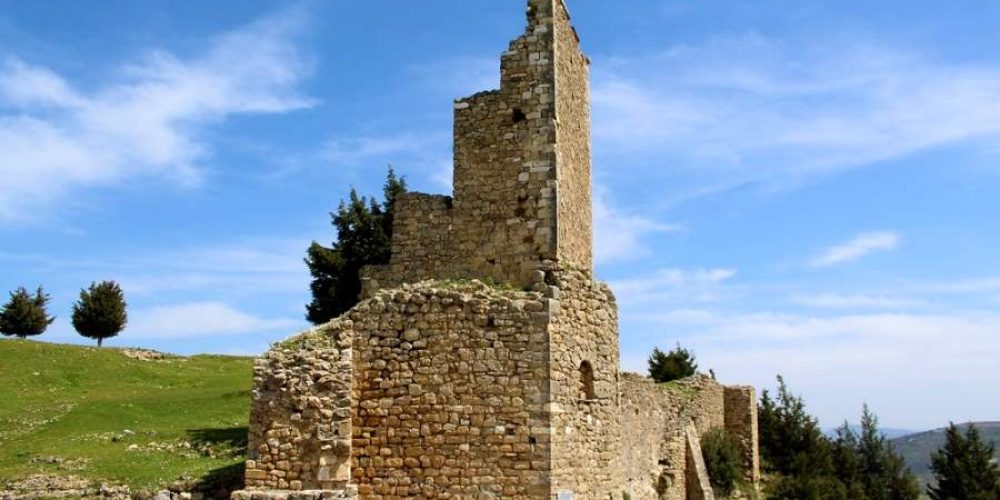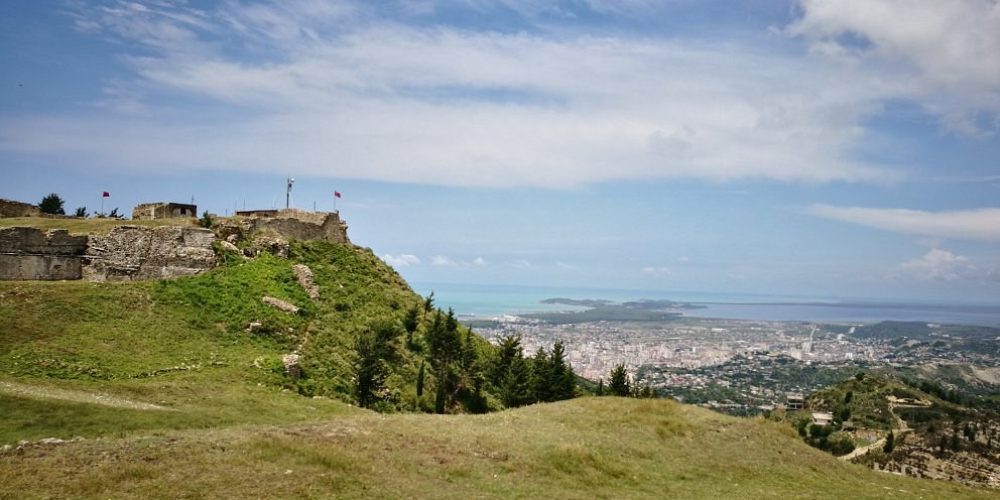

Positioned strategically for defense and surveillance, Kanina Castle’s placement was not merely about aesthetics. It has stood witness to numerous battles and conquests over the centuries, each leaving an enduring mark on its storied walls. From the Illyrians and Romans to the Byzantines and Ottomans, the fortress has silently observed the ebb and flow of empires and civilizations, contributing to the rich architectural mosaic that defines it today.
Architecturally, Kanina Castle is a marvel. Its sturdy stone walls, imposing towers, and intricate gate structures reflect the diverse influences that have shaped its design. Beyond fortification, the castle embodies the aesthetic principles of the cultures that have influenced its construction. Visitors can explore its labyrinthine passageways, expansive courtyards, and ancient cisterns, revealing the ingenuity and resilience of its builders.
Today, Kanina Castle is more than a relic of the past; it stands as a vibrant tourist attraction that attracts countless visitors annually. Its panoramic views, historical significance, and architectural splendor make it an essential destination in Vlore. The castle offers a unique glimpse into Albania’s rich historical heritage, providing both educational insights and aesthetic pleasures to those who explore its ancient grounds.
Kanina Castle, a celebrated historical landmark in Vlore, Albania, boasts a rich heritage that spans centuries and civilizations. Its origins can be traced back to the ancient Illyrian era, where it served as a crucial stronghold for local tribes. Strategically positioned atop a hill, the castle commanded strategic views of the surrounding landscape, making it a pivotal defensive structure in its time.
During the Byzantine period, Kanina Castle maintained its strategic significance as a fortified bastion against external threats. It witnessed numerous battles and sieges, with its control often contested due to its key location. Over time, the castle underwent continuous fortifications and expansions to adapt to changing military strategies and ensure its defensive capabilities.
Under Ottoman rule, Kanina Castle underwent further enhancements, becoming an integral part of the empire’s defensive network. Recognizing its strategic importance, the Ottomans fortified the castle extensively to secure their authority over the region and protect their interests. The castle’s robust defenses enabled it to withstand prolonged sieges and conflicts, solidifying its reputation as a formidable stronghold in the Balkans.
Throughout its rich history, Kanina Castle has been associated with notable historical figures and significant events. It has borne witness to the dynamic interplay of cultures and powers, embodying resilience and endurance through centuries of upheaval. As a testament to Albania’s cultural and military heritage, the castle stands as a symbol of the region’s diverse historical influences, reflecting its enduring legacy in the annals of history.